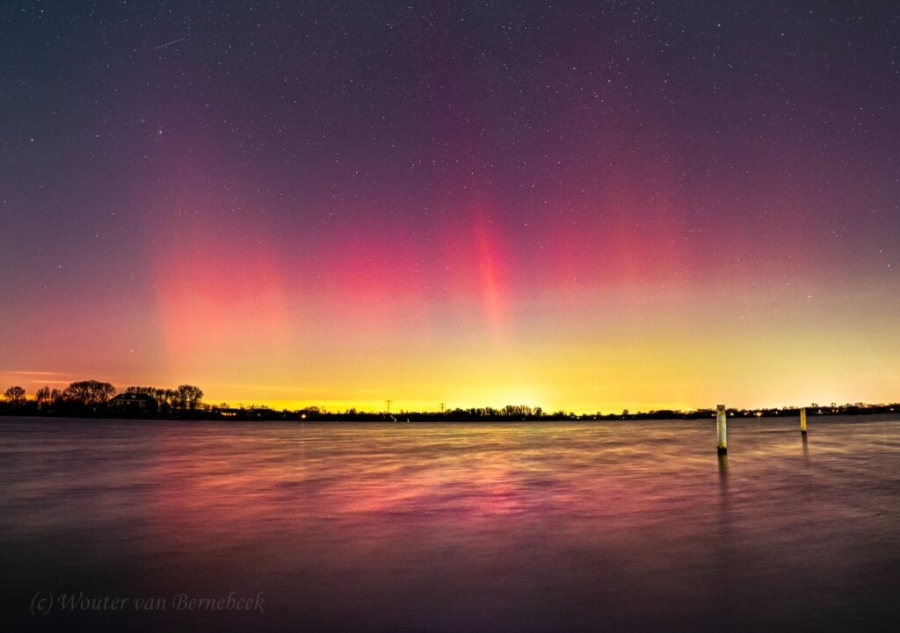To follow our news:
Stunning Aurora… A Space Weather Phenomenon Familiar to SPACEBEL
At the end of February, large parts of the UK, central Germany, Northern France, the Netherlands and Belgium were treated to an exceptional natural sight: the northern lights, also commonly known as the polar lights as the phenomenon is predominant in the Polar Regions.
Notwithstanding its beauty, this spectacular light show is a quite violent event. An aurora is the result of a gigantic expulsion of plasma and magnetic particles from the sun's atmosphere, which, in combination with a solar wind stream, are whipped towards our planet. The interaction with magnetic fields around the Earth thus generate a display of colourful waves of light in the sky.
Such disturbances in Space environment conditions mainly due to solar activity are called Space Weather (SWE) hazards. They might seriously affect Space activities and exploration and even impact vital infrastructure on Earth.
You can track Space weather events and follow the latest developments, find the latest data and see a forecast of possible future aurora activity on ESA's SWE Service Portal substantially “made by SPACEBEL”.
For several years, SPACEBEL has been the prime contractor for the design, implementation and deployment of this Space Weather ground segment. Based upon a service-oriented architecture, this interactive portal system provides a centralised access to and exchange of all Space Weather data, services and applications elaborated by some 50 scientific organisations all over Europe. Its global objective is to monitor and forecast Space weather events and their effect on European Space assets and ground-based infrastructure. The SWE platform is being used at ESA-ESOC (Darmstadt, Germany) and ESA-ESEC (Redu, Belgium).

©Wouter van Bernebeek
